No matter what kind of injury your dog has sustained, whether it’s from a car accident or chasing a squirrel into the street and being hit by a car, you want to do everything possible to make your dog feel as comfortable as possible while they’re healing and you’re taking care of them. Here are 10 ways you can help your dog heal faster after an injury.
1) Gather information from your vet
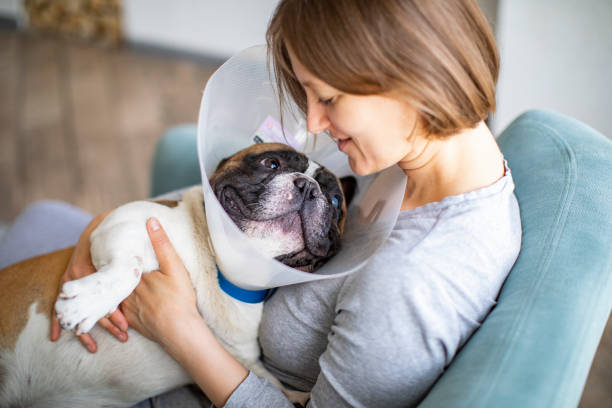
If your dog has been injured, it is important that you act quickly. It is also important that you follow your vet’s instructions carefully for the best possible outcome. If a wound needs stitches, do not pull at the edges of it while trying to keep them together. The wound will heal more cleanly if you leave a few millimeters of skin on either side of the wound as an anchor so that stitches don’t pull apart. You can also use butterfly bandages in place of stitches if there are too many wounds or if your pet does not tolerate having their fur pulled out or stitched back together again.
2) Keep them calm
Your dog may be injured or hurt, but don’t panic. First thing’s first: make sure they are safe. If your pet has been hit by a car or otherwise seriously injured, get them to the vet as soon as possible. However, if you’re dealing with something less serious like an orthopedic injury, there are some things you can do at home to help them heal faster.
- Make sure your dog is calm before you touch them and that the surrounding area is safe for them.
3) Use essential oils
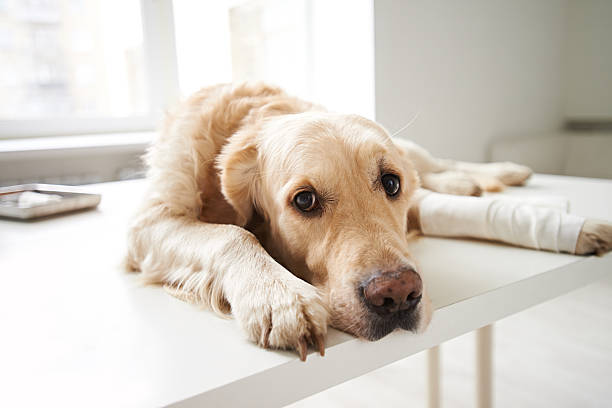
Essential oils can help your dog recover from injuries, like sprained muscles, joint inflammation, or muscle strain. Essential oils are also a great way to keep your dog healthy with a variety of immune-boosting properties, as well as powerful antioxidants that can help protect against free radicals. There are many different essential oils that you can use on dogs, but the most popular ones for healing purposes include lavender oil, frankincense oil, tea tree oil, eucalyptus oil.
4) Compression bandages
Compression bandages are a great way to help your dog heal faster. They can also be used for things like strains or sprains, so you’ll want to have them on hand. To get the most from them though, you’ll need to apply them correctly. I’ve found that the best way is with a figure-8 wrap. Wrap one end of the bandage around the part of your dog’s body that hurts and then wrap it over itself in a figure-8 pattern until it’s tight enough.
5) Give them rest, but keep them active
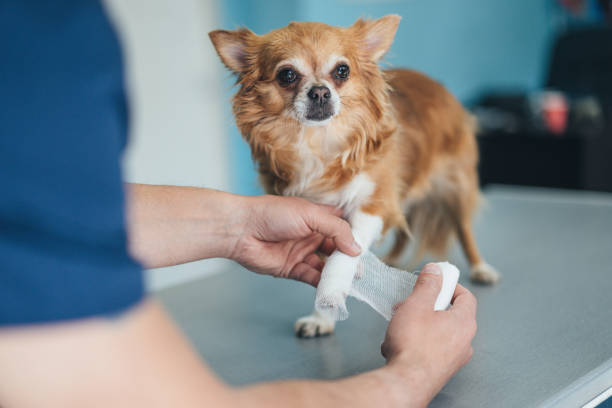
Your dog may not be able to move around too much for a few days, but you can still get them out of the crate or kennel for short periods of time. Move their crate or kennel close to a window so they can enjoy some sunlight and change their bedding frequently. If your dog has been prescribed pain medication, follow the instructions on the bottle carefully.
6) Natural supplements can help aid their healing process
L-Glutamine is a natural supplement that can be found in many health food stores. L-Glutamine is a type of amino acid that helps build protein in the body, which is necessary for healing. This can also help your dog maintain their muscle mass while they’re recuperating from an injury.
7) Take care when giving pain meds (non-steroidal anti-inflammatory drugs)
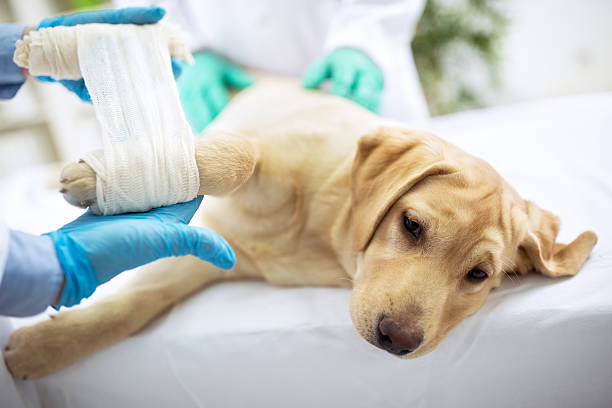
The most common pain reliever for dogs is non-steroidal anti-inflammatory drugs (NSAIDs), like aspirin or ibuprofen. NSAIDs are not always a good idea, though. They can cause stomach ulcers in some animals and should be used with caution in older dogs, who are more likely to have health problems like liver disease.
8) Elevate their joints if possible with pillows
When your dog is injured, one of the best things you can do for them is elevate their joints. This will help to take some of the pressure off the injured area. For example, if they have a broken leg, you could use pillows or towels under the leg to keep it up on a level surface.
9) Give your dog an ice pack, heat pad or cold pack depending on the injury they have sustained.
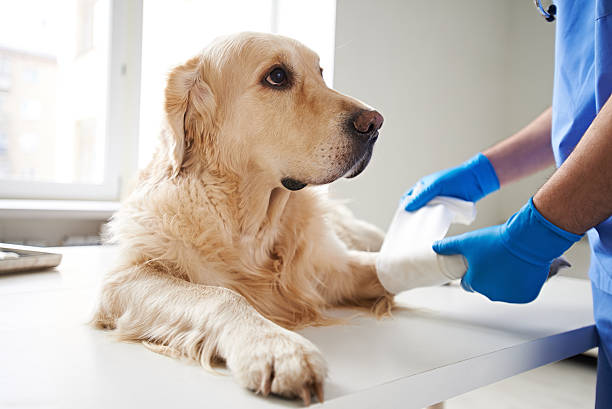
The first thing you should do when your dog sustains an injury is place an ice pack, heat pad or cold pack on the wound. This will help reduce swelling and pain.
If your dog has stitches, make sure to change the bandage twice a day for at least a week.
You’ll want to give them plenty of water with their food so they don’t become dehydrated.
It’s important that you monitor how much your dog is eating in order to prevent malnutrition.
10) Observe carefully for any behavioral changes after treatments such as increased lethargy or loss of appetite.
It is important to monitor your dog for any behavioral changes such as increased lethargy or loss of appetite. This could be a sign that the treatment is not working or that it is time for a different course of action.
